Agile in its core leads the Agile Team to be flexible, dynamic and, responsive. And, crowns this with simplicity. Those attributes maximize the value received by the customers or the stakeholders. As a result of these attributes Agile processes welcome change and harness change for the customer’s competitive advantage. The dynamicity and capacity to integrate late changes or requests is not possible with a track set-in-stone. Moreover, when we heavily load the team with useless tasks their responsiveness decreases. Elimination of useless tasks or what LEAN describes as waste is usually in the heart of any maintenance strategy. Try to eliminate the tasks that do not add value or take you to the end target. Then you will find the space and capacity to focus on what is needed, respond to it quickly and welcome and harness changes. Let’s start from our basic Agile guide which is the Agile Manifesto.
Can we really maximize the work the we don’t do and reach simplicity at the same time?
Let’s start from our basic Agile guide which is the Agile Manifesto. one of the interesting principles there says: “Simplicity–the art of maximizing the amount of work not done–is essential.”
The words here fit together to draw a perception that differs from one situation to the other. Even every discipline looking to be Agile would understand and apply this principle differently. The basic words of the principle are: Simplicity, art, maximizing, work, not done and, essential.

CUSTOMPRICE-TO2JAN26
Let’s start from Work. Work refers to activities undertaken by an individual to achieve a specific set of objectives. Can be paid, unpaid, daily or infrequent activities. This would take us a step backward to the origin of these activities. How these activities were defined, selected, announced? Moreover, do we agree to these activities? Do we believe that those activities can add a value tot he customer? Can we say NO? In a agreeable manner not as a fight?
The art of saying NO to some of the activities that is in our schedule is one of the essential tools that would make our life easier. As long as we can say NO without causing ourselves or the workplace some problems that would be great. Moreover, this NO is expected to make things better. How is this? It frees precious resources as manhours from non value-adding activities to have the time and focus for more value adding activities.

CUSTOMPRICE-TO2JAN26
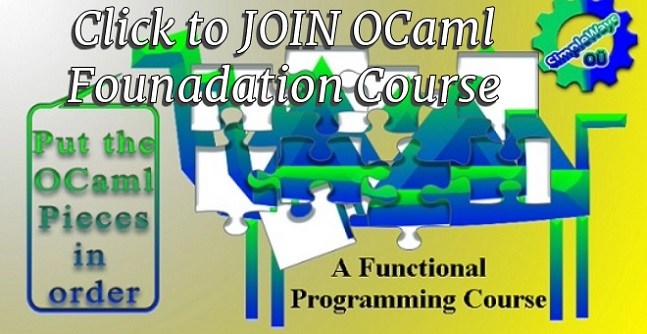
CUSTOMPRICE-TO2JAN26
There is a note worth saying here. Saying NO should not imply procrastination. So, either we do the work assigned to us or we reach an agreement around not doing it. Just deferring it or procrastinating is not the theme of maximizing the work not done.
Simplicity tactics and strategies in maintenance
Usually eliminating the extra work that is not adding a value is in the focus of the maintenance strategy and tactics. Whether we are adopting Predictive maintenance as a main strategy for our maintenance process. Or, we invested in an RCM (Reliability Centered Maintenance) Analysis. Both roads will minimize the long list of tasks in the backlog. So, we can achieve the maximization of the work not done through eliminating it in the first place. And, if it popped up as an activity in our list, we still have the NO filter that would simplify our task list. But who can say NO?
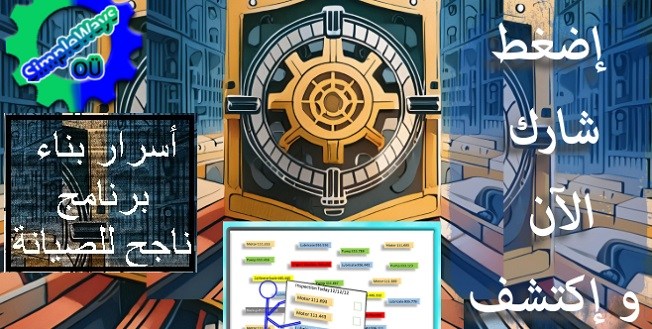
CUSTOMPRICE-TO2JAN26
If we are taking the guide of these principles from the software development paradigm so let’s see what are they saying about it. There are two main characters in the software development realm: The Product Manager and the Scrum master. The product Manager is like the owner or the maintenance lead or manager. This persona is authorized by the liabilities of its position to argue or disagree around the work shouldered to its team. This disagreement might include some argument, dispute or other tactics to reach conciseness around the NO. Also, this persona should have enough experience and skills to prop down the facts to reach to this conclusion.
The scrum master who raises the need for a NO to this piece of work is like the maintenance planner or coordinator. This persona is continuously overseeing the team, the tasks and the opportunities and juggling around them till every task fits in its place in the big puzzle. So, valid reasons for a NO might rise from the team member. However, marking the task as NO is between the management, planning and customers.
LEAN, PdM, RCM and maximizing work not done for simplicity
So, from the maintenance process point of view, PdM i.e. Predictive maintenance or condition based maintenance depends on a trigger from field to launch work preparation. But, this implies that some tasks will never be triggered. Here, LEAN Manufacturing -if adopted in this workplace- will label those tasks that we never trigger as waste. Then we eliminate this waste. That’s what LEAN describes as “Muda” or process waste. LEAN describes this as over-processing this can include generating more detailed reports than needed, having unnecessary steps in the purchasing process, requiring unnecessary signatures on a document, double entry of data, requiring more forms than needed, and having an extra step in a workflow.

CUSTOMPRICE-TO2JAN26
The RCM -Reliability Centered Maintenance- Analysis tackles this waste in a different way. It does not include them in the maintenance activities that will result in work in the first place. The RCM analysis starts from the failure itself. So, we start by asking how this piece of equipment can fail, then what is the effect and context of this failure. Finally, what tasks can be done to eliminate or reduce the impact of this failure to a tolerable level. Any activity that won’t achieve this target or if it is not technically feasible or worth doing won’t be included in the activities that result from this analysis. RCM simply can conclude No scheduled maintenance for an equipment and we repair it when it fails in case that all possible tasks won’t eliminate this failure or its unfavorable effect. This was deeply included in our maintenance trainings linked below.

CUSTOMPRICE-TO2JAN26
In Conclusion,
Simplicity of any process leads to agility of this same process. Eliminating or rejecting tasks that are not adding value to the maintenance process would free the precious time and effort of the maintenance team. Hence increasing its simplicity score. This availability results in a focused team ready to handle the requests that arise from the condition of the equipment. This will make the maintenance team Agile. The Agile maintenance team responds to its stakeholder requests effectively assuring reliable equipment and maintenance process. We can achieve this by maximizing the work not done.
The work not done is maximized by not doing any activity or task that the maintenance team finds it in its backlog but this activity adds no value to the mission of the maintenance team which is productivity assurance. We can eliminate those tasks in the first place by shifting maintenance focus to condition-based maintenance and tasks coming from the RCM analysis. You can find deep insights about maintenance stakeholders and maintenance mission in the below links:
- Frequent communication with stakeholders leads to Agility – Part 4
- Is there a minimum level of maintenance?
- The real sustainability is not only ecological
If you feel you need help with any of these ideas we discussed, request a Management Consultancy or Coaching Services From our Store

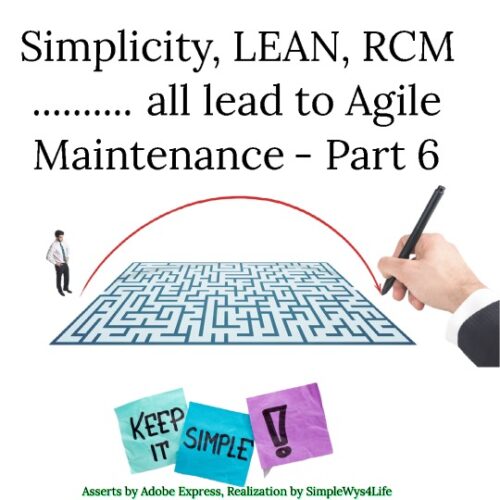

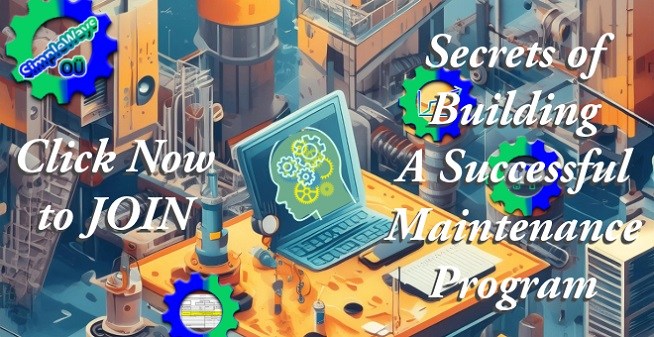

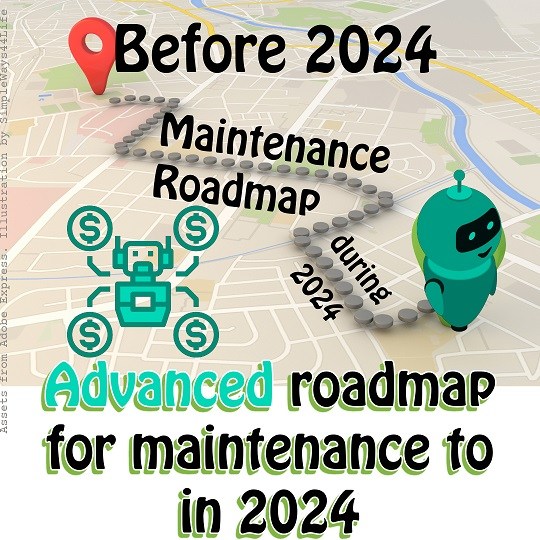
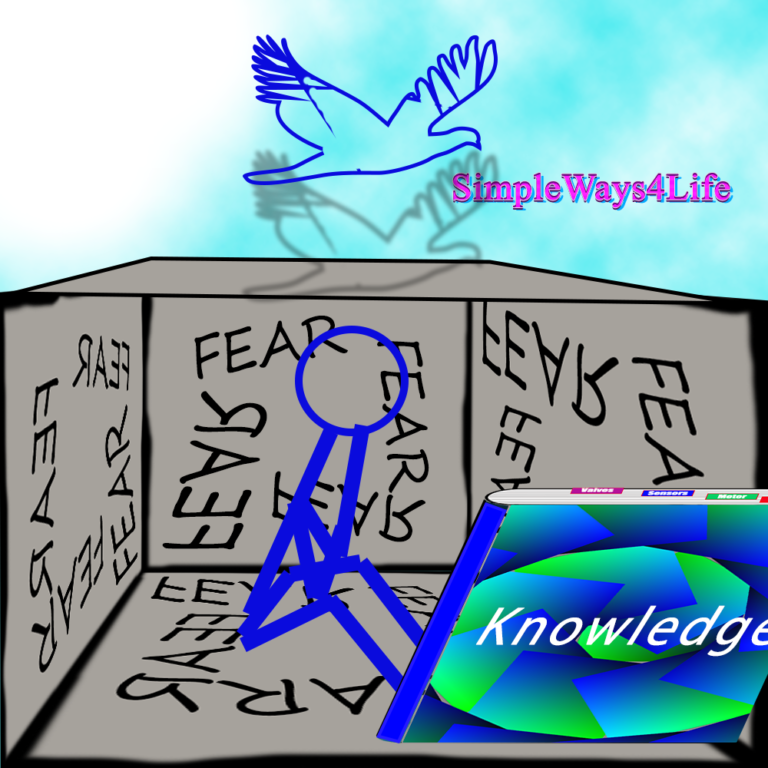
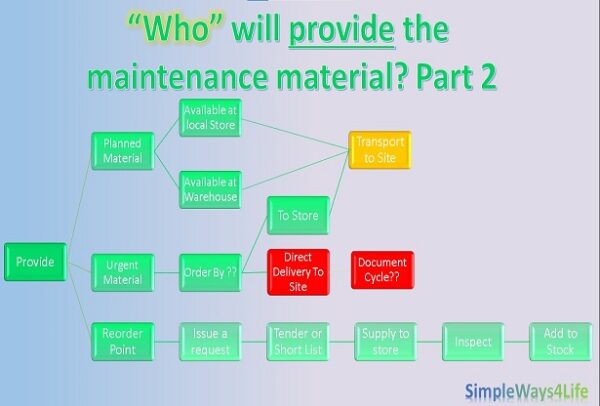
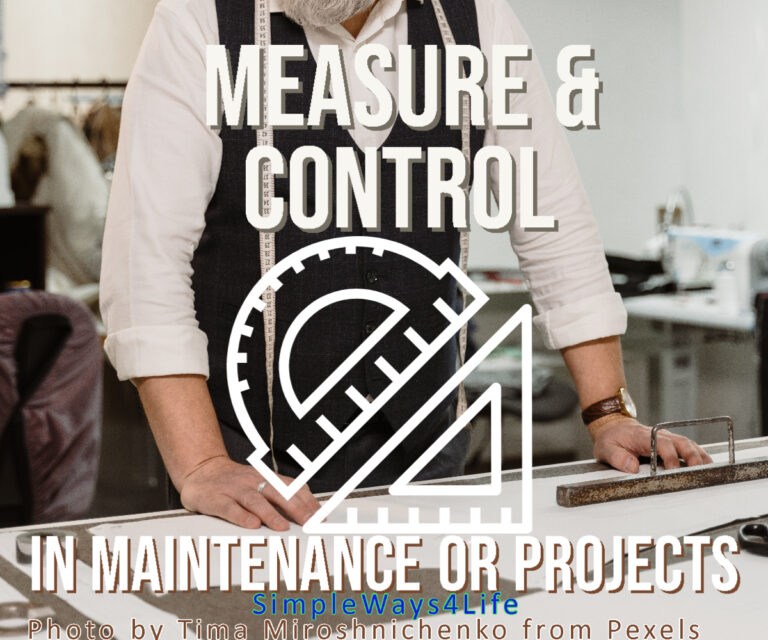
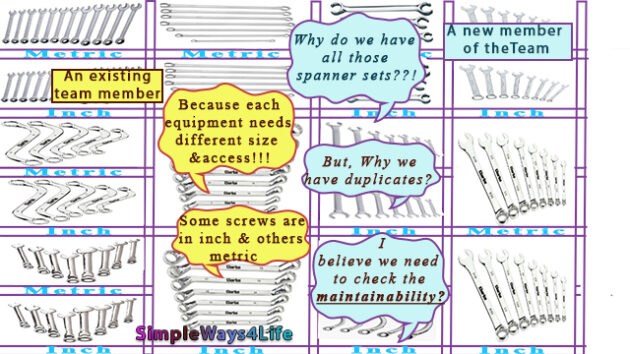
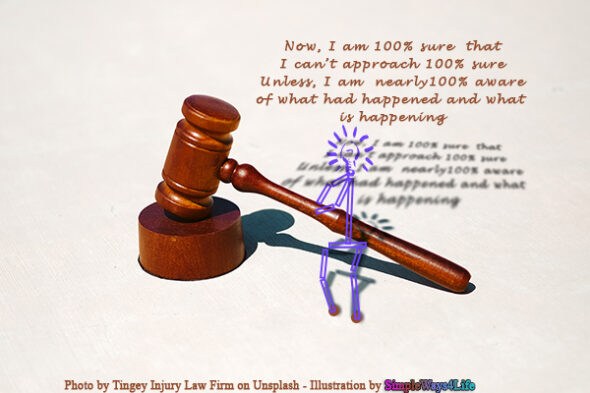
One Comment